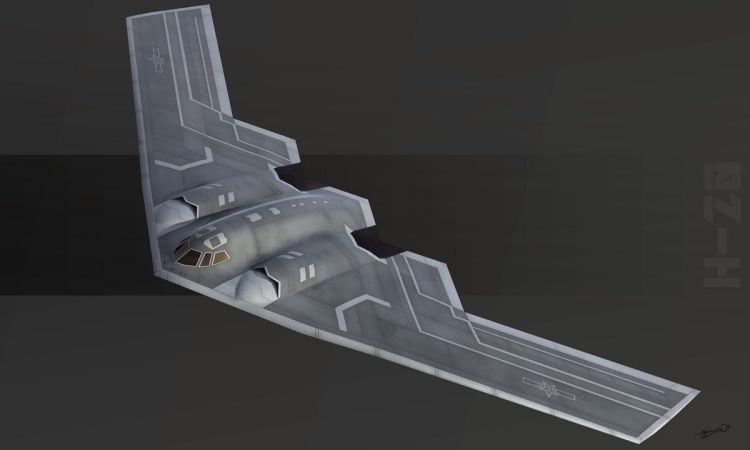

Today, Ghost Fleet: A Novel of the Next World War, is coming out. By August Cole and Eastern Arsenal’s very own P.W. Singer, it’s a novel about what might happen if the brewing Cold War between the U.S. and China were ever to turn hot.
Here’s a handy visual guide to the arsenal of the Directorate—China’s fictional new government:







































